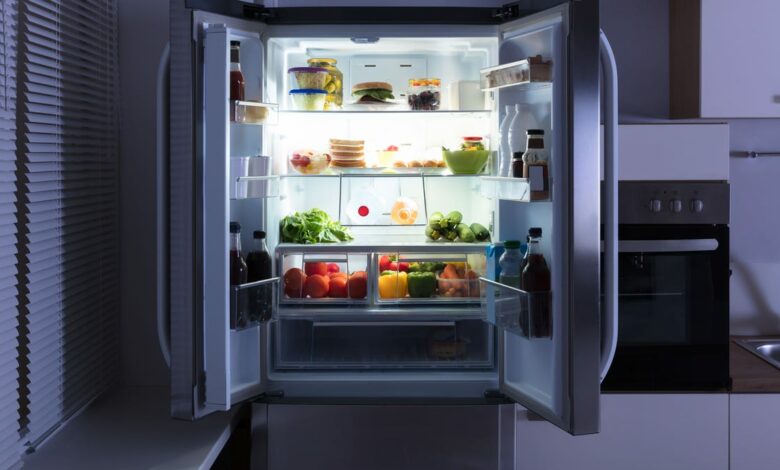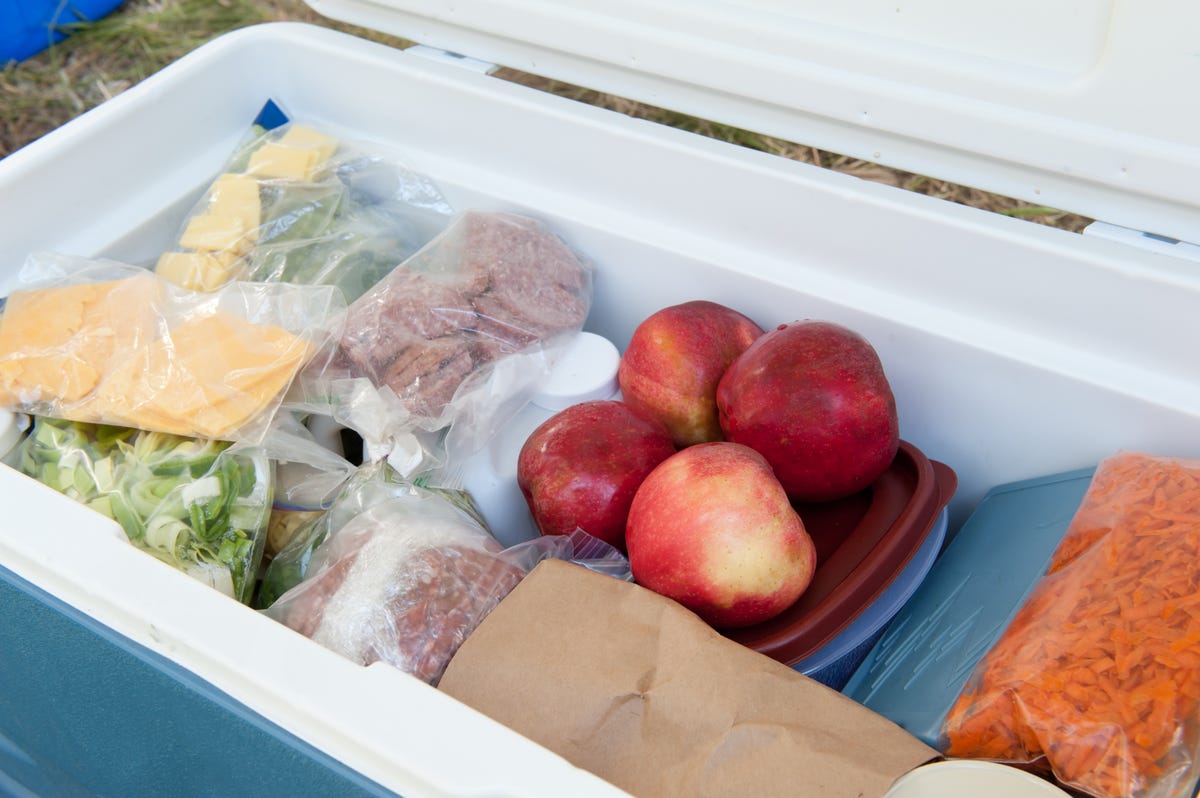Store your chilled food during a power outage: here’s how



As Florida and the southeastern US face the brunt of the tropical storm, millions of homes have been affected left without power. One of the biggest concerns when the lights go out is keeping the food in your refrigerator from spoiling.

If the power is out for an extended period of time, you will need to make a plan for storing the food. Losing a refrigerator full of food is costly, inconvenient and potentially dangerous if you can’t get to the store in the middle of a storm.
There are ways to prepare it ahead of time so you can save all or most of your perishable food, but there are also quick steps you can take if the power suddenly goes out. Read on to learn how to preserve the food in your refrigerator in the event of a power outage.
For more power outage tips, learn everything you need to know about home generators and consider whether a home battery backup might be a better option.
Make a plan to store your food before the power goes out
Before you experience a power outage, it’s best to take a few steps to prepare in case you need to store your food. The recommendation from the US Centers for Disease Control and Prevention is to have the following items on hand:
- Thermometers for appliances for both your refrigerator and your freezer so you can check if their temperature rises and you need to remove food. The refrigerator should not exceed 40 degrees Fahrenheit, and the freezer should not exceed 0 degrees F.
- A cooler And frozen gel packsin case you need to take food out of the refrigerator to keep it cold.
- Dry ice or block ice to keep food cold in the refrigerator if you think the power will be out for a long time.
Read more: Best coolers for 2022
Do this first to preserve your food if the power goes out
If a malfunction occurs, keep the doors of your refrigerator and freezer closed. Don’t open them unless absolutely necessary, and even then you should do so quickly so as not to let the cold air out. If the doors remain closed, your food can stay safe for up to four hours in the refrigerator, 48 hours in a full freezer, and 24 hours in a half-full freezer, according to the CDC.
Once you’ve passed the four-hour mark (or if you see that the temperature in the refrigerator has risen to over 40 degrees F) and the power is still out, it’s time to take food out of the refrigerator. If any perishable food remains in the refrigerator after that point, throw it all away.
The exception to this would be if you have dry ice. You can place the dry ice on the top shelf of your freezer and on the bottom shelf of your refrigerator to keep your perishables cold. You need approx 3 pounds of dry ice per cubic foot of freezer spacewhich must keep food cold for at least two days. Just make sure you are aware of it how to handle dry ice safely before using it.

If the power is out for more than four hours, you’ll probably want to move your perishable food to a cooler.
Divide your food into two groups
First you’re going to make two piles: foods that absolutely need to stay cold, and foods that you can safely leave on the counter until the power comes back on.
Foods that do not need to be kept cold
The following foods can be safely stored outside the refrigerator:
- Butter (for 1-2 days)
- Peanut butter
- Most cooking oils, with the exception of nut oil
- Spices
- Potatoes
- Most fruits and vegetables
- Bread
- Coffee
- Honey
- Ketchup, mustard and hot sauce
Foods that need to be kept cold
The following foods should be stored at 40 degrees F or lower to prevent bacterial growth and spoilage:
- Dairy products (cheese, milk, whipped cream, sour cream)
- Eggs
- Meat, poultry and fish (cooked or uncooked)
- Cut vegetables and fruits
- Leftovers
How to keep your perishable food cold without a refrigerator
Once you’ve collected your pile of perishable food, it’s time to get out your cooler and ice packs. Place a layer of frozen food on the bottom. Then place a layer of food from the refrigerator on that layer. Top it off with another layer of frozen food. If you don’t have ice or ice packs, go to the store and buy some if it is safe to do so.
Place ice or ice packs around the food in the cooler; don’t throw it all on the top or bottom. Distributing the ice keeps the food at a more constant temperature. Move your refrigerator thermometer into the cooler to monitor the temperature.
If you don’t have a cooler, you can use your freezer instead. This is insulated and will keep your food cold as long as you leave the door closed and keep a fresh supply of ice in it. To prevent melting ice from turning your freezer into a pond, put ice in bowls and place them around the food.
You should never taste food to see if it has gone bad. When in doubt, throw it away, the CDC advises. Immediately throw away foods with unusual odors, colors or textures. As for frozen foods, you can safely refreeze or cook thawed frozen foods that have a temperature of 40 degrees F or lower, or that still contain ice crystals.
For more tips on how to prepare for natural disasters, visit how to pack an emergency bagAnd how to recover important documents after a natural disaster.




